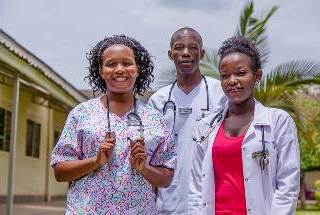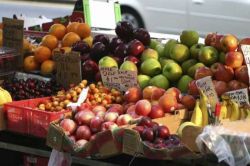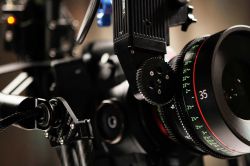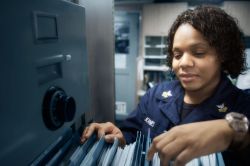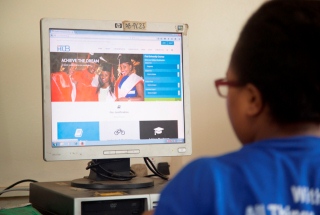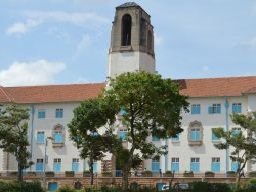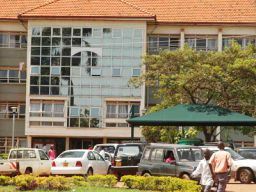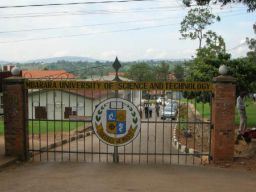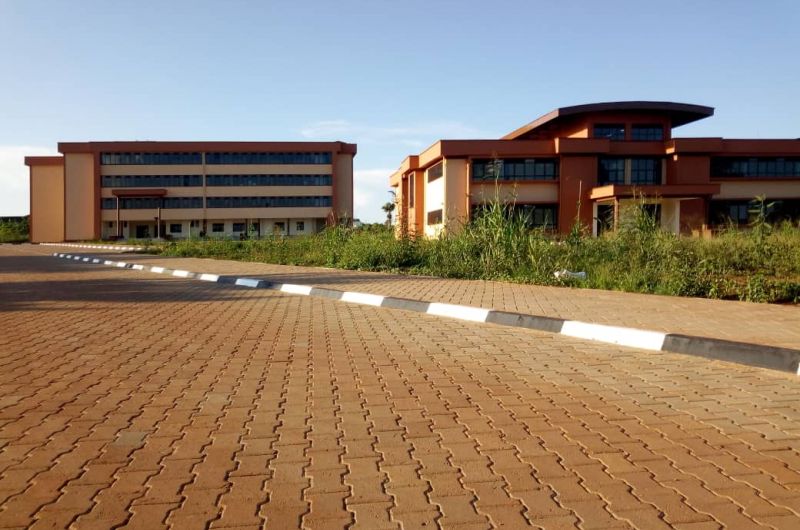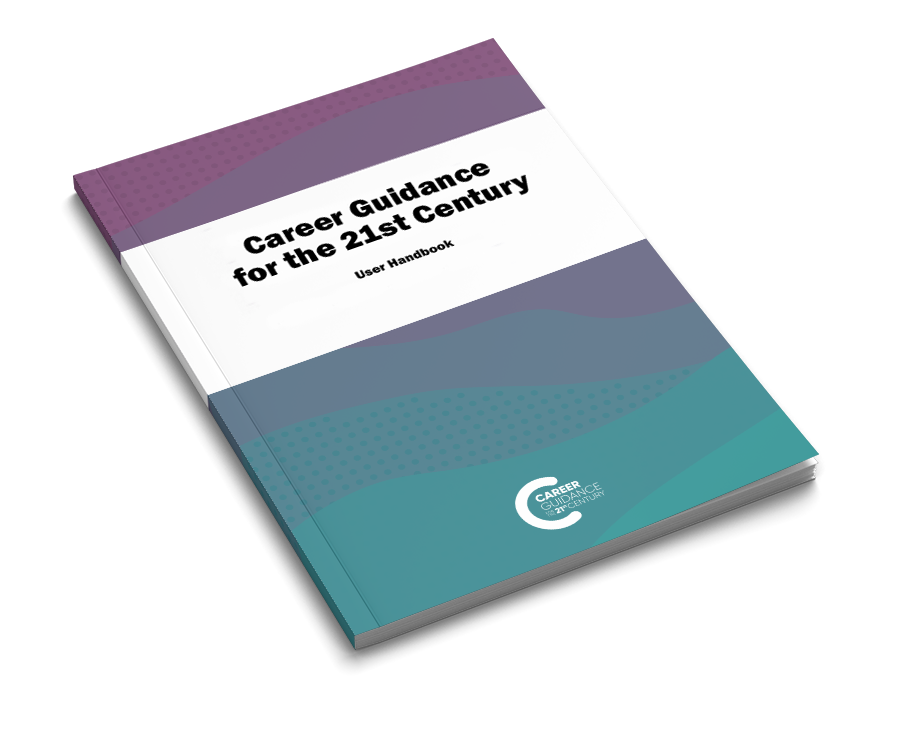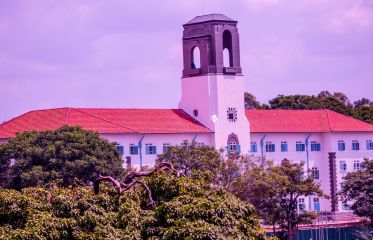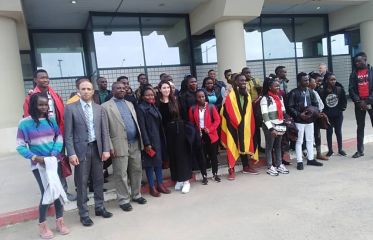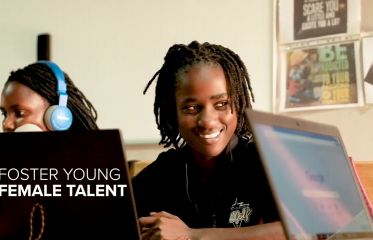Breaking News
- Flexible Remote Work Opportunity for University Students: Earn $100–$250 Per Month ...Read More
- Ministry of Education and Sports Azerbaijan Government Scholarships For 2025-2026 Academic Year ...Read More
- Government Sponsorship Undergraduate Admission Lists 2025-26 for Makerere University ...Read More
- Ministry of Education And Sports: Egyptian Government Scholarships 2025-2026 Academic Year ...Read More
- Ground Breaker Full Scholarship for girls to study Software Engineering 2025 July Intake ...Read More
- Tony Elumelu Foundation Entrepreneurship Programme (TEEP) 2025 for young African Entrepreneurs ...Read More
- DESIGNING FUTURES 2050 International Design Competition 2025 (€15,000 prize) ...Read More
- Ground Breaker Full time Scholarship for girls to study Software Engineering 2025 Intake ...Read More
- Ministry of Education And Sports Algerian Vocational Training Scholarships for 2024-2025 AY ...Read More
- Ministry of Education and Sports Advert for the Algerian Government Scholarships for 2024-2025 ...Read More
Girls soar in science innovations
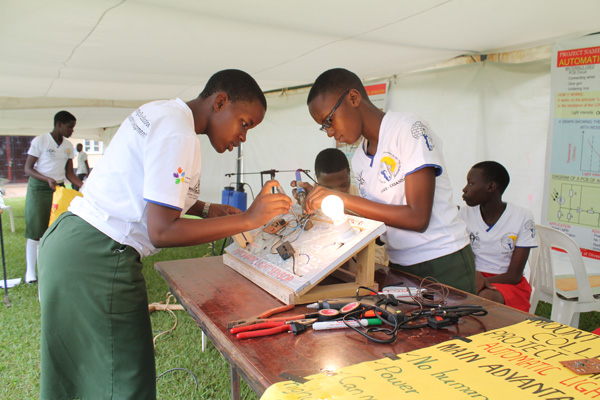
Beatrice from Morulem Girls Secondary School demonstrates how her washing machine works. Students competed in various innovations at the National Science and Innovation Competition at Gayaza High School recently. PHOTOS By Kelvin Atuhaire
Uganda, like the rest of the world is still grappling with the few numbers of women and girls in the field of Science, Technology, Engineering and Mathematics (STEM). According the United Nations Educational Scientific and Cultural Organisation (UNESCO) fact sheet, less than 30 per cent of researchers in scientific and technological fields worldwide are women.
And as different stakeholders come in with STEM agendas to aid and encourage women and girls to fully and confidently step into science careers, secondary school students (girls) are among the cardinal group to engage. This is what the National Science and Innovation Competitions, a STEM initiative by the Forum for African Women Educationalists Uganda did recently.
The competition held at Gayaza High School was attended by 20 schools from the four regions of the country, showcasing 30 different innovations.
Susan Opok Tumusiime, the executive director, FAWE Uganda, noted that, “the competition was aimed at creating a platform where learners can freely come up with ideas and innovations focused on addressing community needs while using local materials with the expectation of uncovering the untapped talent of students, especially girls in research and innovation.”
The innovations
Pauline Nagirinya, a Senior Five student, was the central region winner with her wheel propelled sprayer innovation.
“Many farmers use backpack tank sprayers, which are burdensome and exhausting. That is why I decided to come up with a wheel propelled sprayer to simplify their work,” she explains.
The innovation has a semblance of a wheelbarrow, a wheel that is driven by two gears; the driving gear and the driven gear linked by a bicycle chain.
“Onto the driven gear, I fixed a metallic rode that is fixed to the piston of the tank so that movement of the driven gear will make the piston move up and down, generating pressure that forces water to come up through the rubber tubing and into the nozzles and so the spraying will happen as one rides the equipment,” Nagirinya explains.
To her, STEM is all about attitude. “One must have a positive attitude. If you always say, ‘I cannot do sciences’ you will not do them despite the help you get,” she asserts. She is also convinced that availing opportunities beyond class in school to interest students in STEM is vital and a big motivator for girls.
“I joined this school recently but finding that there was a STEM club that took part in the competitions motivated me. I was able to come up with this innovation that applies science in real life with practice, thinking up ideas and trying them out,” she says.
Enthusiasm
Irene Karungi, a Senior Three student from Kyebambe Girls’ Secondary School, already prefers to be referred to as an engineer. The young innovator who designed a home-made lift pump to address challenges of water shortage her community faces was inspired by Physics
To fight water shortage, many people have built underground tanks for water collection during rainy seasons. However, methods such as using a rope and a bucket to draw water are risky, posing possibility of drowning in the tanks.
“As we were learning about atmospheric pressure and its applications, I started imagining how this works in real life! I started relating the theory to the problems in my community and so, applied the physics. I realised the atmospheric pressure works with the downward and upward strokes and when applied, it can force water to rise into the pipe when the plunger moves up and down,” explains Karungi.
The lift pump has a pipe connected to the water source, and another pipe that has a plunger. As one pushes the handle up and down, the water rises into the pipe and is discharged. Among the other innovations was a public soap water hand washing equipment, sweetened powdered milk, locally made clothes washing machine, hydraulic excavator, the best of which will represent Uganda at the African regional competitions.
From St. Catherine’s Secondary School, Lira, Cecilia Aduni and Phiona Achama, of Senior Three, innovated a power-driven combined processor that does winnowing, sorting, washing and drying of sim-sim.
“We came up with this innovation because a number of cooperatives face challenges exporting sim-sim, due to low quality impurities. We wanted to improve on the quality, and value of our seeds,” Aduni says.
To Achama, the innovation is a result of continuous STEM mentorship they get at school. “Slowly by identifying problems in my community away from class, and sharing with our teachers these real-life problems, we have developed our innovations,” shew says. Achama hopes to do PCM at A-Level for a STEM career in future.
And the teachers?
Girls in a way have had a negative attitude towards sciences and you really need to assure them that they, too, can do it,” Easter Robert, a teacher of Physics and Mathematics at Kyebambe Girls’ Secondary School and the STEM focal point teacher, shares.
The general objectives of such STEM clubs is making sciences practical from concepts in class to practice.
“It is also meant to make the students more creative and innovative. Apart from studying and understanding the concept by designing something, STEM is supposed to help create that feel in real life, that I am that engineer, doctor… or the person in that office. With this, the students can consult, make findings and come to me with a lot of ease,” he shares.
Apart from innovation, STEM focus teachers are part of the careers office in schools to encourage STEM career paths
Top Courses Currently Admitting
-
Diploma in Catering and Hotel Management
Datamine Technical Business School
-
Diploma in Training Institution and Management (Day)
Nakawa Vocational Training College
-
Vocational Diploma Automobile Engineering ( VDAE)
Nakawa Vocational Training College
-
Diploma in Clinical Medicine
International Paramedical and Nursing Institute - Maya
-
Bachelor of Sports Science
Makerere University







